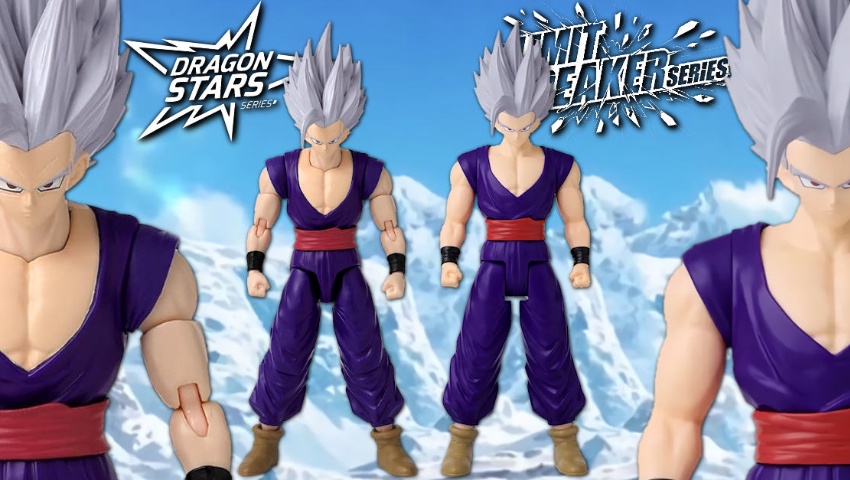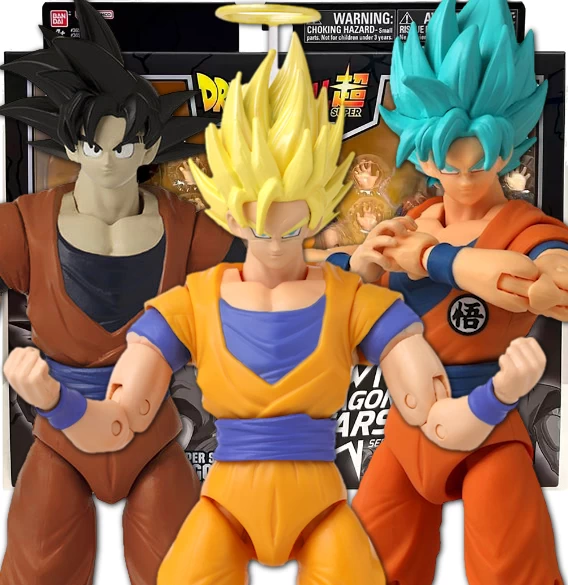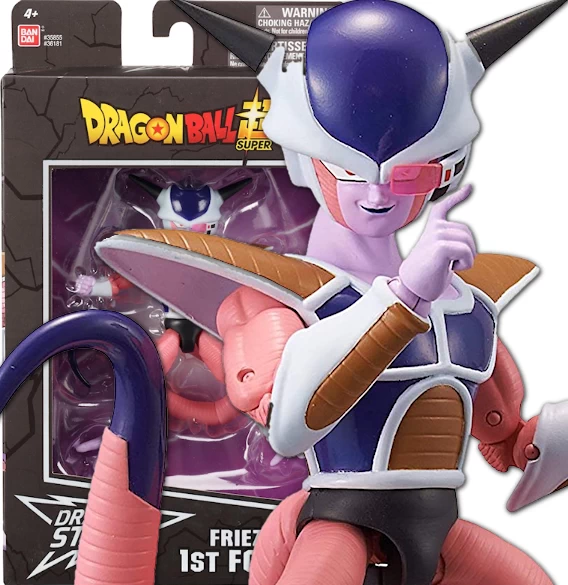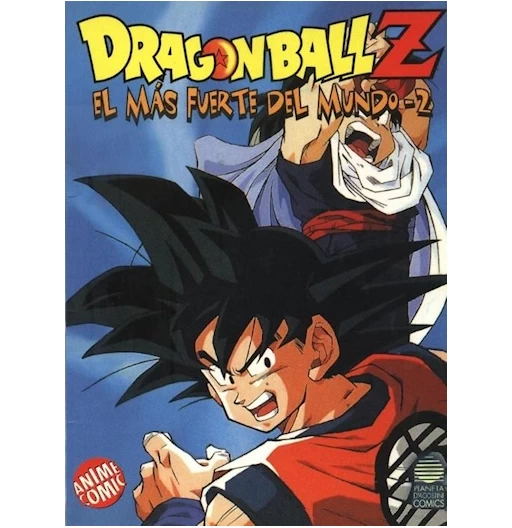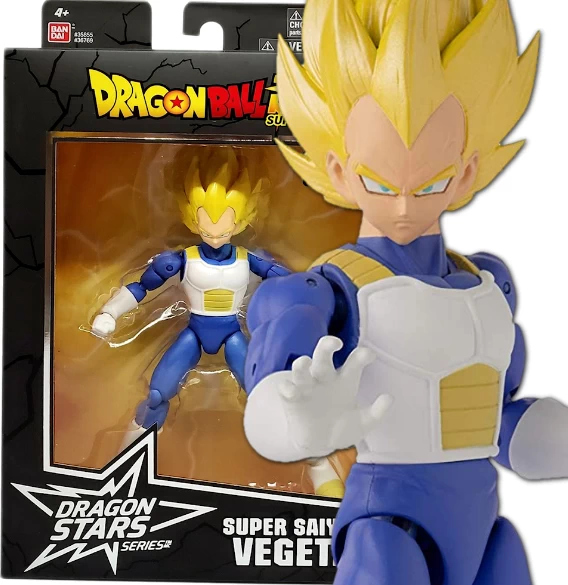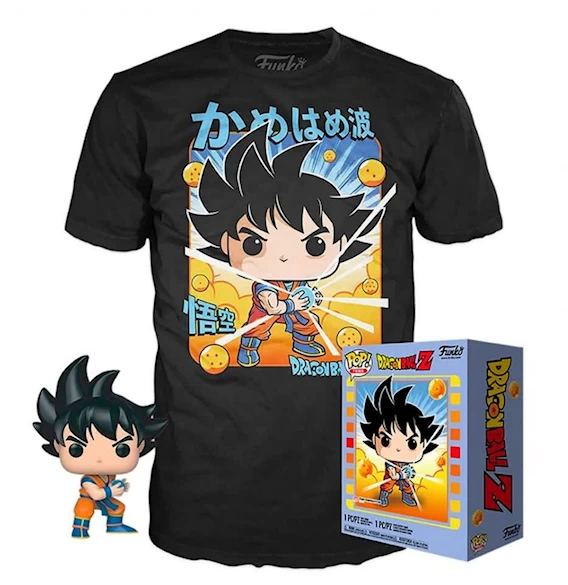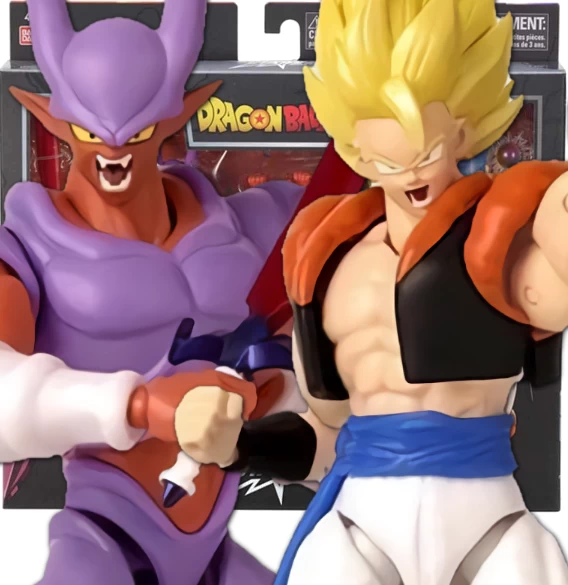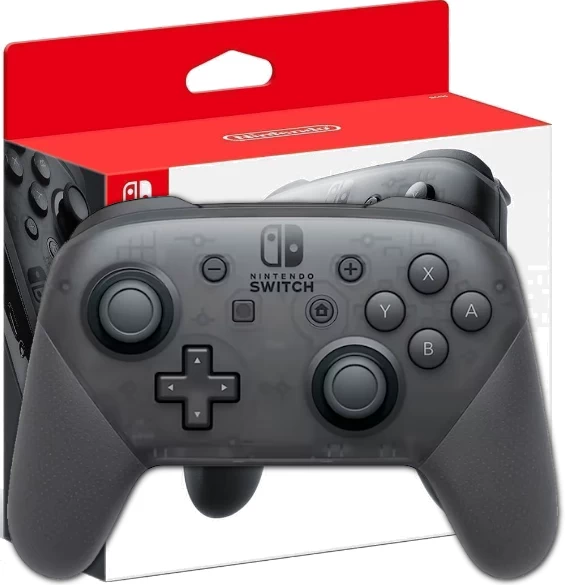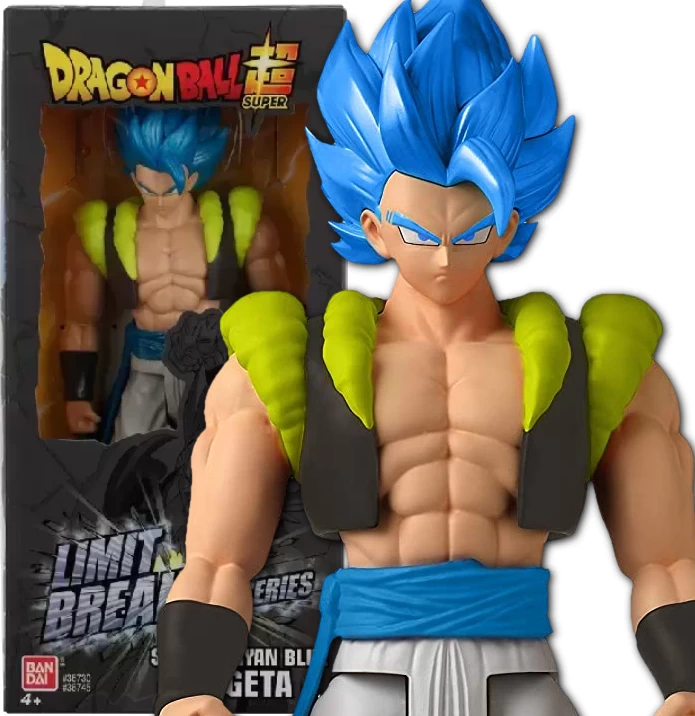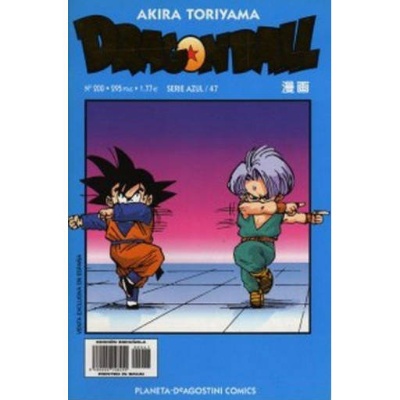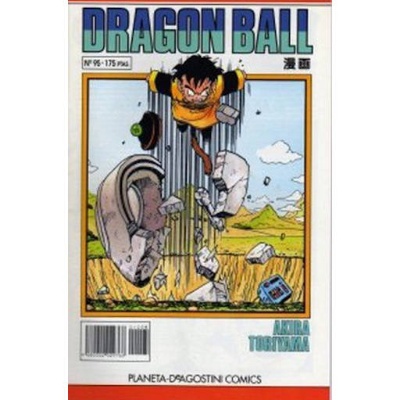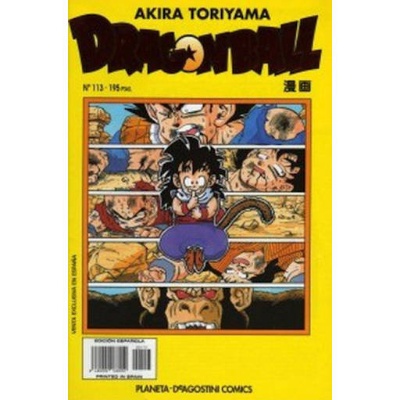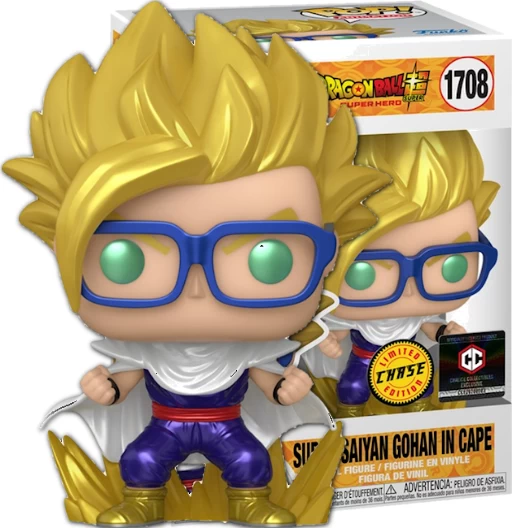Bandai sells you the same figure in two different collections.
The figures from Bandai and Dragon Ball, including Dragon Stars and Limit Breaker, use the same mold or sculpt for both collections.
One thing collectors have noticed since the release of Bandai's Limit Breaker Series is the identical sculpt similarities between these figures and their Dragon Stars counterparts. The differences are so minimal that they mainly come down to scale and articulation. In this article, we’ll look at some comparisons so you can come to the same conclusion.
The Gohan Beast figures as visual evidence.
Once you get to know both Bandai collections thoroughly, the similarity between them becomes evident. To demonstrate this visually, we’ve prepared a comparison image of the Gohan Beast figures from both the Limit Breaker Series and Dragon Stars, so you can join us in this analysis.
If we look at their hair, each strand is sculpted identically. When examining their faces, we notice that, aside from some paint details, they are practically the same. But the ultimate proof lies in the folds of the belt and clothing, where the matches are so precise that there’s no room for doubt.
Now, you might say: "I don’t see them as exactly the same." And you’re partly right, as the main difference lies in the articulation. These figures are based on a 3D-rendered model, to which an articulated structure is applied for the Dragon Stars line. This process causes a slight modification in the aesthetic, as the design loses some fidelity to gain mobility.
However, when holding them in hand, the most obvious difference is not just the articulation, but also the size. While the Dragon Stars figures are about 15 cm tall, the Limit Breaker Series figures reach 30 cm.
What does Bandai achieve with this?
Bandai is applying a strategy that, so far, has worked very well for them, saving a considerable amount of money in pre-production.
First, they reuse the same render or 3D model for two different figures: one in 1/12 scale (Dragon Stars) and the other in 1/6 scale (Limit Breaker Series). This method reduces costs in the development phase by allowing them to optimize resources without the need to sculpt each figure from scratch.
Additionally, the Limit Breaker Series collection is released after Dragon Stars, giving Bandai a strategic advantage. Before launching a figure in the 30 cm line, they already have statistical data on character demand in the smaller collection. This way, they can more accurately select which figures to release in Limit Breaker, ensuring a higher success rate.
For this reason, while Dragon Stars surpasses 100 releases, the Limit Breaker collection barely exceeds 30, as its catalog is based on more calculated and secure decisions.

